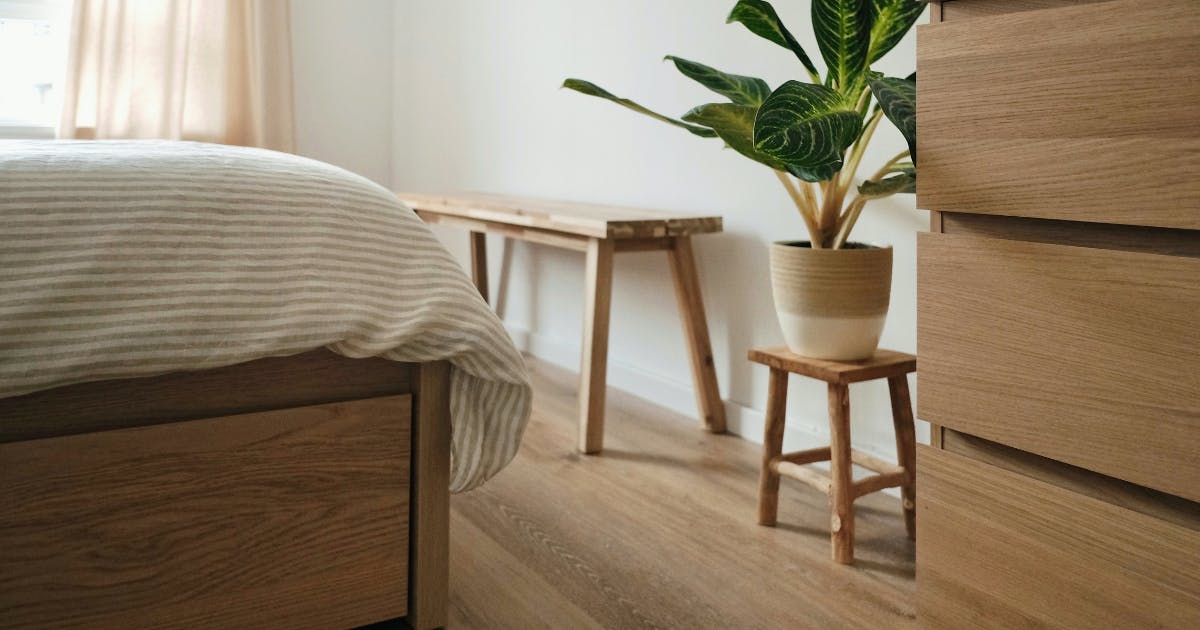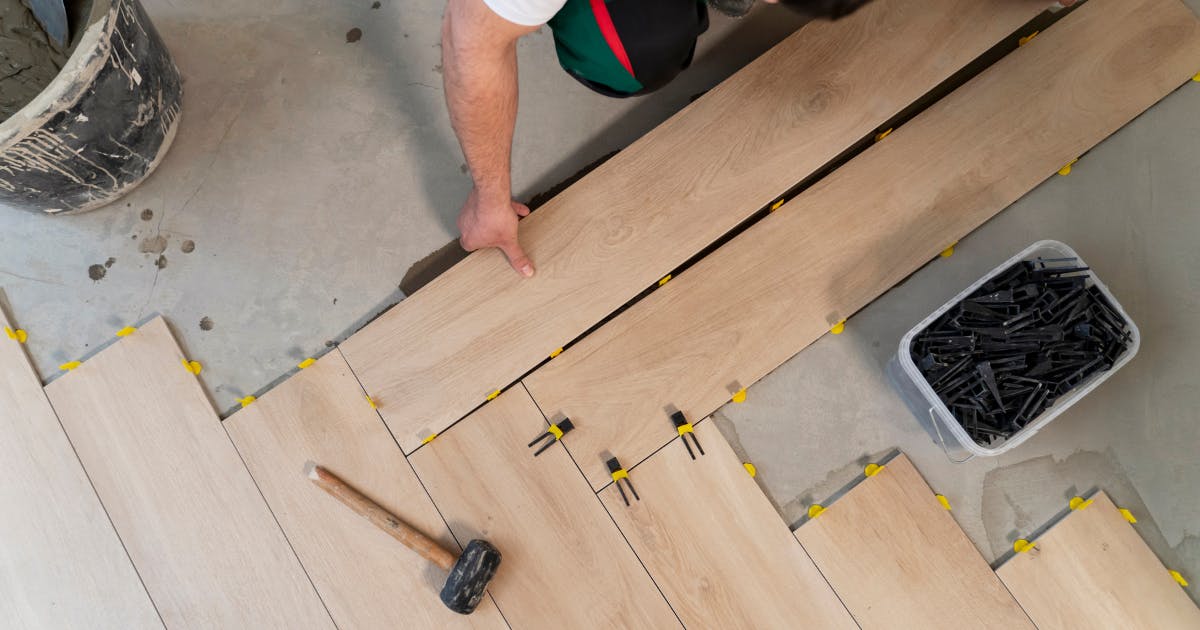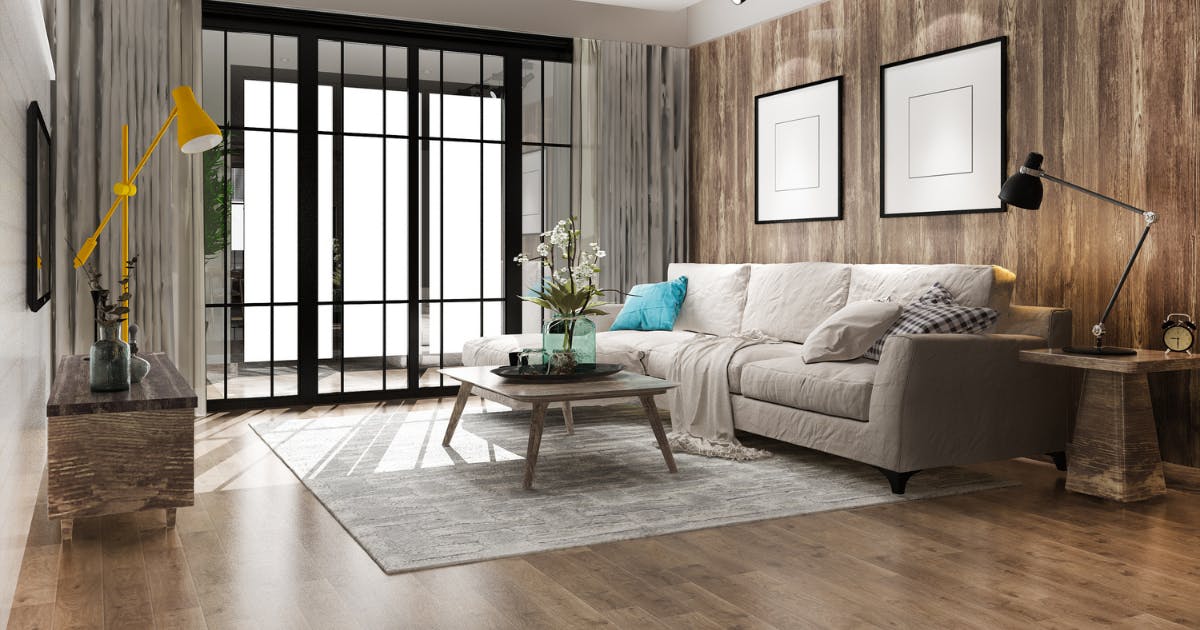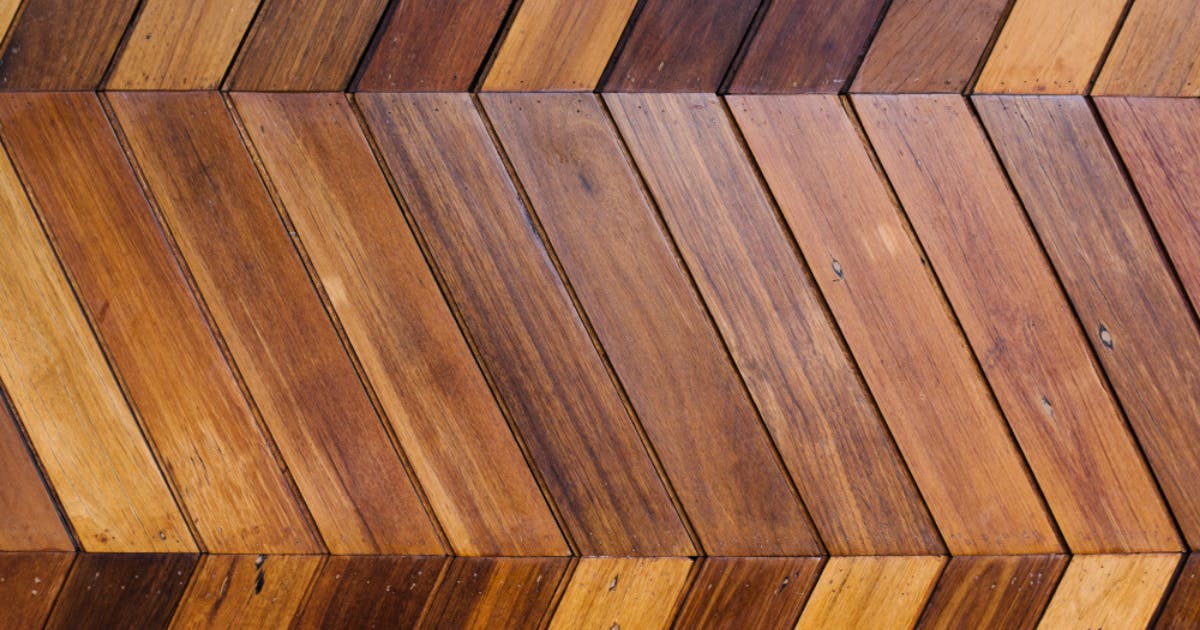Wooden Flooring Unveiled: A Practical Guide for Indian Home Aesthetics

Imagine a charming wooden cottage nestled among the mountains, where you can savour a steaming cup of tea and a plate of Maggi—a truly idyllic scene! Wood has an innate ability to infuse warmth and cosiness into any setting, making it a popular choice for many Indian homeowners. However, while wood exudes comfort in cold, hilly regions, we must also consider India's predominantly tropical climate. So, what does wooden flooring mean in the Indian context?
In India, opting for genuine wood may not be the most practical or convenient choice. Why, you ask? Firstly, India experiences high levels of humidity and heat, which can cause wood to deteriorate rapidly, rendering it unsuitable. Secondly, the country witnesses significant temperature fluctuations, particularly in cities like Delhi, leading to the potential shrinking or expanding of hardwood.
So, what exactly constitutes the wooden flooring you commonly encounter in Indian homes and hotels? It's laminate flooring designed to mimic wood. Wooden laminate comprises synthetic materials that replicate the appearance of wood and are then laminated. This flooring type delivers the same aesthetic appeal as solid wood but without the associated high maintenance or cost. It emerges as the optimal choice, especially in tropical countries like India.
Pros of Wooden Flooring
This flooring option has numerous advantages.
- Firstly, it is incredibly simple to install, which helps you save time and effort when setting everything up.
- It is simple to clean and requires little effort to keep it looking pristine. Because of its affordability, it is desirable for those with a tight budget without sacrificing quality.
- It is also durable, requires little maintenance, and is resistant to moisture—a crucial quality that extends its life and makes it suitable for a variety of settings.
Cons of Wooden Flooring
While offering several advantages, it's essential to acknowledge some limitations of laminated wood flooring.
- It falls short of replicating the tactile sensation of real wooden grains, which might disappoint those seeking an authentic wood experience.
- Additionally, it tends to be slippery, posing a safety concern in households with seniors and children.
- Recycling laminated wood can be challenging due to its composite nature.
- Furthermore, when the top layer wears out, the entire floor typically requires replacement, potentially increasing long-term costs.
- Lastly, there is a slight concern as it can release formaldehyde, which, although at low levels, raises some toxicity considerations.
What should I do while installing a wooden floor?
Achieving a successful laminate wood flooring installation hinges on a few essential steps. To begin,
- it's crucial to accurately measure the floor space before commencing the installation process.
- Selecting a high-quality underlayment is equally important to ensure proper support and sound insulation.
- When ordering materials, it's prudent to acquire approximately 10% more than the calculated amount to account for any unexpected requirements.
- Preparing the subfloor is a critical step; it should be meticulously cleaned and completely dry to prevent complications during installation.
- Finally, maintain a 10 mm gap around the perimeter to allow for necessary expansion and contraction, ensuring the longevity and stability of the laminate flooring.

What not to do while installing a wooden floor
When working with laminated wood flooring, certain precautions are vital to ensuring a successful installation.
- Firstly, it's imperative never to install it on a floor equipped with a drain, as this can lead to undesirable complications.
- Secondly, if the initial row isn't straight, it's crucial to halt the installation process and address this issue before proceeding further.
- Avoid the temptation to install a double layer of underlayment, as it can affect the flooring's stability.
- Furthermore, for openings less than 48 inches wide, always use transition moulding to maintain a polished finish.
- Lastly, it's essential to refrain from attempting to seal or sand the wooden flooring, as these actions can have adverse effects on its quality and appearance.
Maintenance of Wooden Floor
A laminated wood floor can undoubtedly lend a stunning and rustic aesthetic to your home. However, to preserve its timeless appeal over the years, proper maintenance is essential.
- It's crucial to address spills promptly, as liquids can potentially damage the floor.
- Since laminated wood floors are not scratch-resistant, it's advisable to employ soft brooms and mops during cleaning to prevent surface abrasions.
- When wet cleaning is necessary, opt for a damp mop rather than one that is excessively wet to safeguard the floor's integrity.
- For cleaning solutions, always use laminate-based cleaners, or, if preferred, you can concoct DIY cleaners with unscented dish soap and hot water to maintain the floor's pristine appearance.
Different types of Wooden Flooring

- Laminate Flooring: Several layers are combined to create this type of synthetic flooring. These layers include an HDF core, a lower layer that is resistant to moisture, and an overlay that provides protection over a photograph of real wood. It offers a cost-effective alternative, mirroring the appearance of genuine wood while demanding minimal maintenance. Nonetheless, its primary drawback lies in its finite lifespan and susceptibility to swelling when exposed to moisture. Regrettably, damaged laminate flooring is irreparable, necessitating a full replacement when issues arise.
- Solid Hardwood Flooring: Solid hardwood flooring comprises individual wood boards, each crafted from a single piece of wood and boasting a thickness ranging from 18 to 20 mm. This flooring option exudes timeless charm, retaining its enduring appeal over time. Its hallmark feature lies in its ability to undergo periodic sanding and polishing, effectively revitalising its initial allure. However, it comes with a notable drawback—a substantial price tag. In addition, solid wood floors may show an inclination to expand in damp conditions and contract in arid ones. Among the preferred wood species employed for hardwood flooring, oak, maple, cherry, walnut, and mahogany rank prominently.
- Composite Wooden Flooring: Composite wood flooring, often referred to as engineered wood flooring, exhibits remarkable durability and boasts commendable resistance to moisture and scratches. This flooring variant is produced in factories, utilising chemical binders and protective surface coatings in its construction. A notable advantage lies in its top layer, composed of genuine wood veneer, which can be periodically sanded and polished to preserve its aesthetic appeal. Consequently, composite wood flooring presents an attractive alternative to solid hardwood flooring, offering cost-efficiency and simplified maintenance as key benefits.

- Parquet Flooring: This type of wooden flooring is purely ornamental and can be crafted from either solid hardwood or engineered wood. It includes the easy addition of thin wood strips arranged in geometric patterns, basket weave, and herringbone, among other intricate patterns, to easily improve the visual appeal of interior spaces.
- Bamboo Flooring: Bamboo stands out as an exceptionally sustainable resource due to its rapid growth rate, surpassing that of hardwood trees. The production process for bamboo floor planks entails subjecting bamboo fibres to elevated temperatures and pressure, resulting in durable and versatile flooring material. Bamboo is remarkable in that it has natural moisture resistance, which keeps mould and mildew from growing. The larger bamboo varieties are called bamboo trees because of their tree-like appearance, even though they are actually a type of grass.
- Cork Flooring: Cork flooring, a product crafted from the bark of cork oak trees, is typically manufactured in the shape of multilayered tiles. The base layer consists of compressed cork, while the middle layer is composed of MDF or HDF fiberboard, with the top layer featuring high-quality cork. This flooring offers a soft and comfortable feel underfoot, excels in heat and sound insulation, and possesses innate antimicrobial properties, effectively thwarting mould, mildew, and various pathogens. Cork flooring is also praised for being exceptionally sustainable, biodegradable, and eco-friendly, which makes it a sensible option for customers who care about the environment.

Conclusion
We have explored a variety of flooring options with wood, and it is clear that wood offers many advantages over just looks. Wooden flooring is still a popular option for homeowners all over the world because of its exceptional durability, ease of maintenance, and capacity to add warmth and character to any space. In addition, it effortlessly adapts to a variety of design philosophies, from traditional to contemporary, enhancing the ambiance of any space. In an era where sustainability and environmental consciousness are paramount, wooden flooring shines as a renewable and environmentally friendly option. Ultimately, investing in wooden flooring demonstrates the enduring appeal of nature's finest materials.






